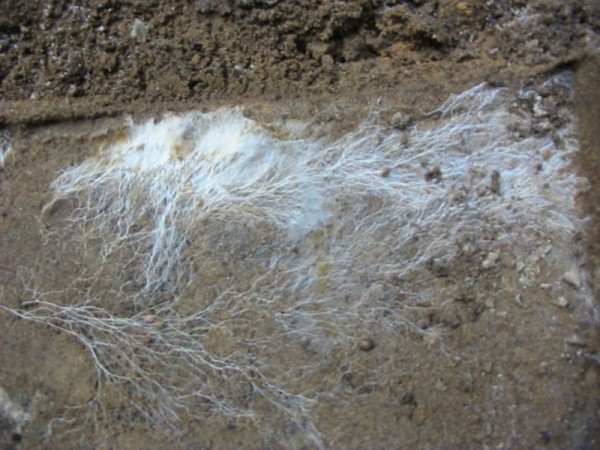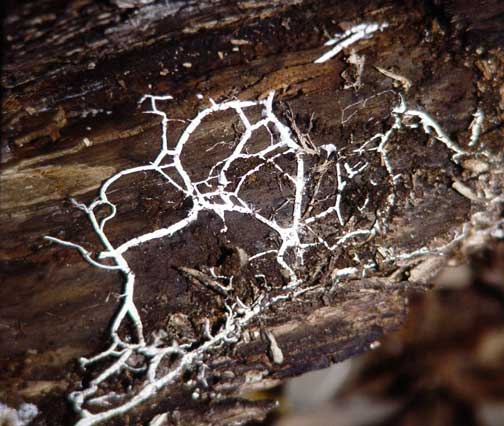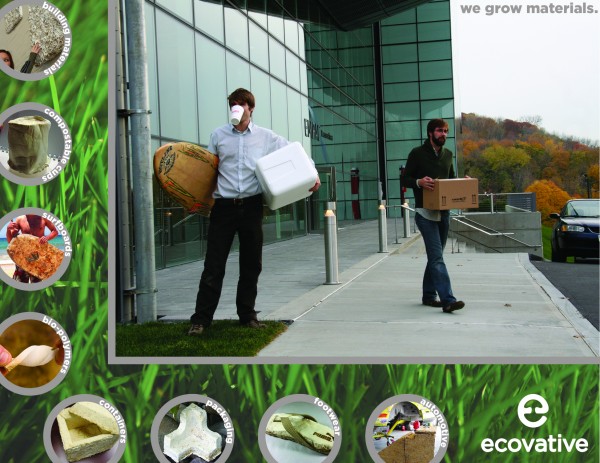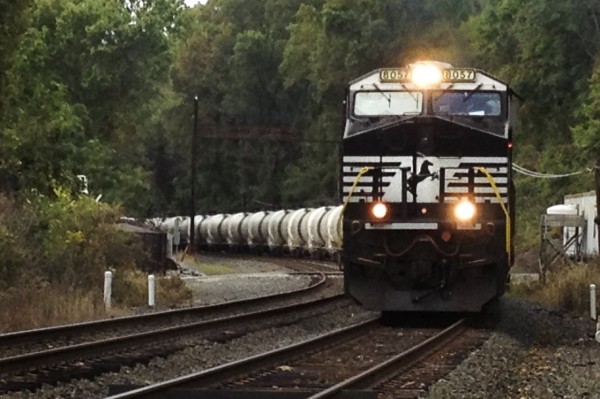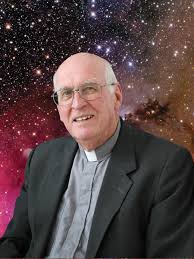 Yesterday I was honored and thrilled to meet Father Coyne, a Jesuit priest, Ph.D. in Astronomy specializing in astrophysics, and retired head of the Vatican’s research observatory located at the University of Arizona in my hometown – Tucson, AZ. (I realized the Tucson connection when I saw he had a 520 area code for his cell phone). I met him at his residence at Le Moyne College, a Jesuit school right here in Syracuse.
Yesterday I was honored and thrilled to meet Father Coyne, a Jesuit priest, Ph.D. in Astronomy specializing in astrophysics, and retired head of the Vatican’s research observatory located at the University of Arizona in my hometown – Tucson, AZ. (I realized the Tucson connection when I saw he had a 520 area code for his cell phone). I met him at his residence at Le Moyne College, a Jesuit school right here in Syracuse.
A friend of mine at school told me about a series of lectures on religion at Le Moyne and looking at its website I quickly found Fr. Coyne. He was on Bill Maher’s movie “Religulous” – one of its few rational religious voices. He was also interviewed by famous New Atheist Richard Dawkins for a TV show about Darwin, and the full interview is on youtube. Check it out!
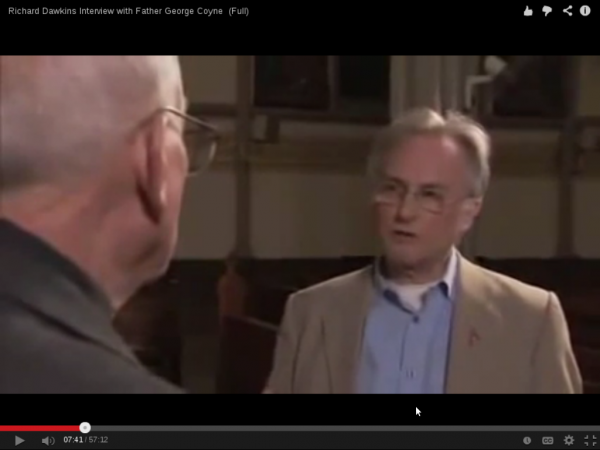 Fr. Coyne is an ardent and passionate voice for both the (potential) depth of religion and the validity of science, including evolution. I thoroughly (that’s an understatement!) enjoyed my time with him and I wished we had videotaped our conversation so we could put it on youtube!! (He did say we might do this another time.)
Fr. Coyne is an ardent and passionate voice for both the (potential) depth of religion and the validity of science, including evolution. I thoroughly (that’s an understatement!) enjoyed my time with him and I wished we had videotaped our conversation so we could put it on youtube!! (He did say we might do this another time.)
We talked about a lot of things, but we touched on how earnest many atheists are in their critique of religion and that they have many good points based on ethical and scientific grounds. We agreed that absent from debates on science and religion are Jesus’ own very anti-establishment and anti-religion views/teachings and his focus on experience and common sense.
We agreed that there is no dualism between the spiritual and the material. That is, the spiritual is in the material and vice versa. There’s not separate realms or realities, although it can be useful or inspiring to envision such things. Here’s my little phrase that sums it up: “We don’t need the supernatural. The natural is super enough!”
I tried out a few of my newest thoughts and ideas on him – like my pithy saying above – which were very well-received. For instance, we talked about faith. St. Paul says faith is hope in that which is unseen. For me, that includes the power of love, the depth of the human spirit, and our search for the transcendent or the divine (in a symbolic way but one that can be experienced). He agreed, and I said I felt a lot of sympathy for those who only know of the word “faith” as belief in doctrine or dogma and criticize it as such.
But along the lines of St. Paul, there’s a huge difference between belief in what’s unseen (we believe in many things that are unseen) and belief in things that scientific evidence is strongly against.
For example, I don’t believe in the virgin birth (of Jesus).
From a scientific perspective it’s just so highly unlikely. But adding to this, virgin births are present in the stories and myths of other religions and cultures. Is Christianity’s virgin birth true while all other cultures’ and religions’ virgin births aren’t?
What I conclude is that virgin births are a very dramatic element that mean “Hey!! Listen up!!! This person is very important!!” And I do believe that Jesus was and is very important. Hopefully there can be more depth and public discussion of why. What did he teach? How is that different from Christianity?
This was just a bit of what we talked about. It was amazing, though, to talk with someone who thoroughly understood where I was coming from from both a religious and scientific standpoint. Each of us experience awe, inspiration, and transcendence through both science and religion.
I look forward to getting to know Fr. Coyne more and am amazed and thankful that our paths that unknowingly overlapped for so long in Tucson now “knowingly” overlap in Syracuse, NY of all places!



